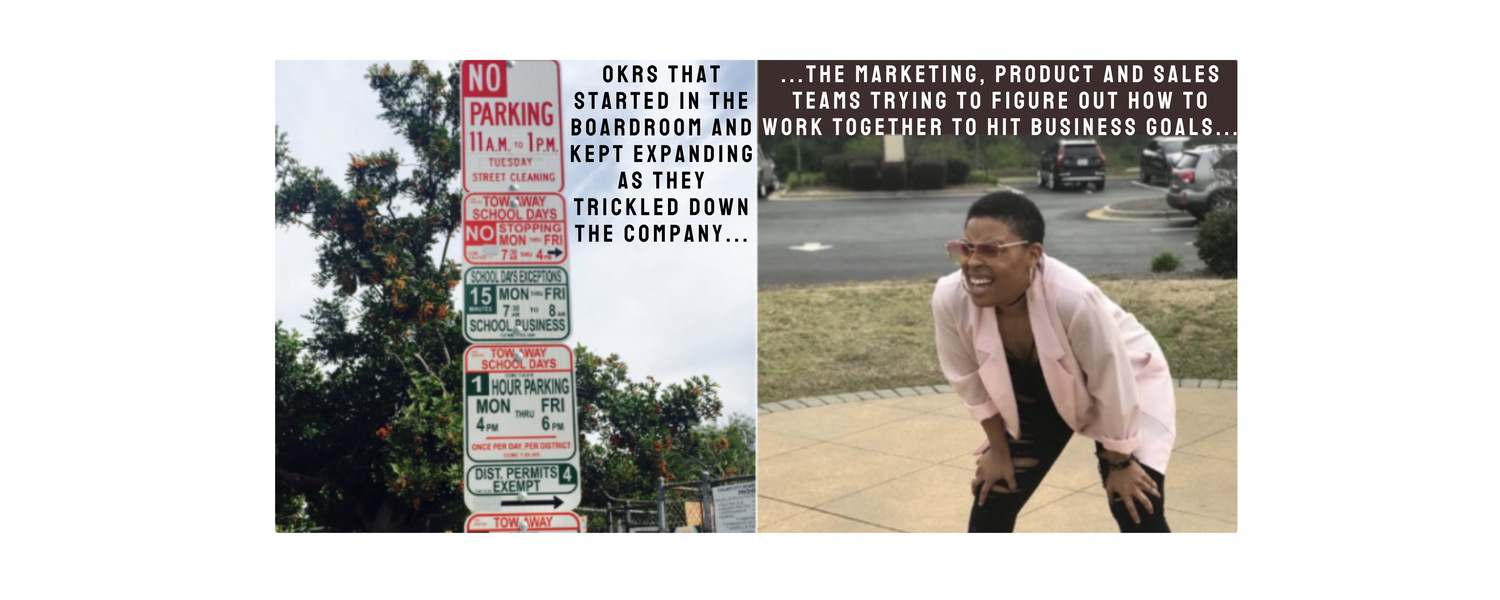Why zooming out is so important when looking at your marketing data
 By
Becky Madden
·
2 minute read
By
Becky Madden
·
2 minute read
It’s happened to the best of us.
We’ve launched a new campaign and we’re watching it like a hawk. Are any leads coming through yet? How are the ads performing in terms of click through rate and cost per’s?
We get totally zoomed into the micro data.
While this is important to get those early, leading indicators of campaign performance (i.e. is it performing above or below the usual performance benchmarks we might observe), it can also lead to snap decisions being made way too early.
For one, if we’re talking digital campaigns, platforms usually have a learning phase where they’re waiting to accrue enough data to be able to optimise towards a campaign goal. During this learning phase, the campaign may have a more scatter-gun approach in the algorithm, albeit within the parameters set around targeting a certain demographic or geography.
This can result in higher average cost per’s and lower ad engagement.
However once enough data is available, which depending on the scale and budget of the campaign could take several weeks to achieve, the algorithm will evolve to start optimising towards the goal and the metrics should start showing signs of improvement.
It’s important to wait long enough for the learning phase to have ended to get a reliable baseline read of actual campaign performance before the panic button is hit, creative is tweaked or budget pulled.
Zoom out.
If the campaign is non-digital by comparison, then more thinking would be required depending on the medium. How long would it need to be in-market to hit a reasonable frequency level to start achieving some cut through? How will that campaign be measured through the funnel particularly if it’s role is top of funnel or harder to attribute?
Zoom out.
If you built customised funnels to estimate a campaign or tactic’s impact and thought ahead on how long it would take to see results through the brand or sales funnel, refer back to those now. Has enough time passed yet to make the call?
Once enough time has passed to start looking at the leading indicators, it’s important to review them in a broader context to help unearth the ‘why’ of whatever the data observations are. This too will help avoid unnecessary pivots, changes or panic button swipes.
What is going on in the broader market? Are there company-led factors that may impact performance (for example annual leave in the sales team, or an app outage)? Are competitors active or quiet during the campaign period?
Zoom out.
Looking at campaign data through a microscope may lead you to come to a conclusion that results in a series of next steps.
Looking at the same campaign data and how it sits within a much broader context usually leads to a very different series of conclusions or insights, in turn leading to potentially opposing potential next steps.
So, before you make any hefty decisions on your campaign performance, don’t forget to…
Zoom out.
Subscribe for a monthly blog wrap-up
If you or your company needs coaching on marketing strategy that hits business objectives, I'm here to help.
Let's connect to chat about your needs.



